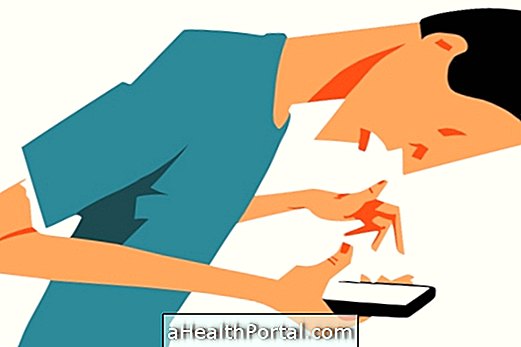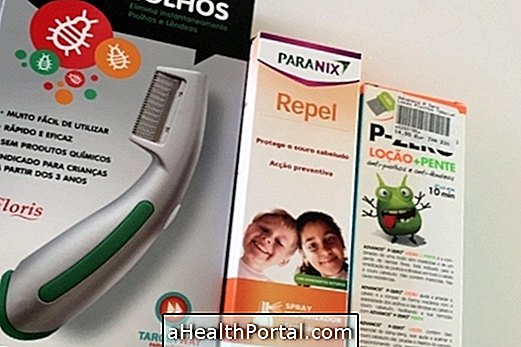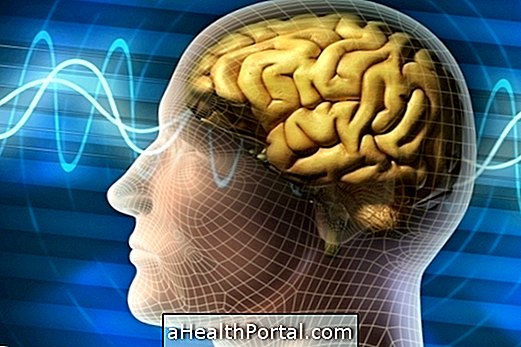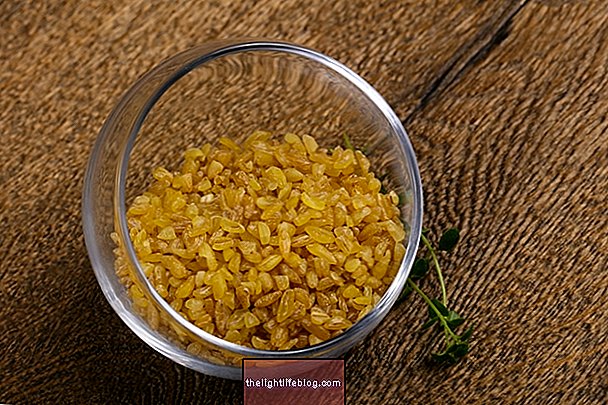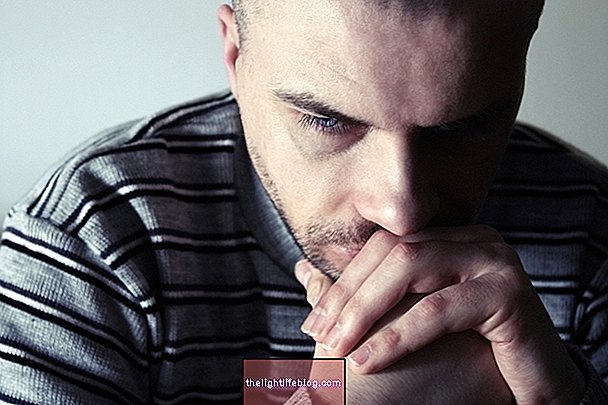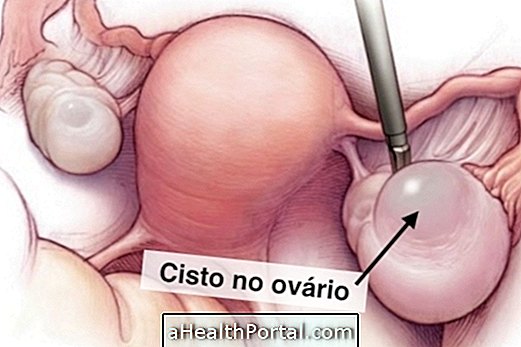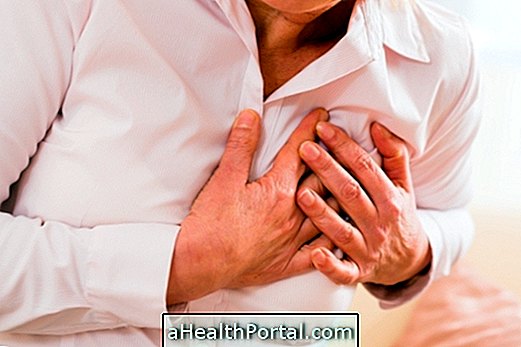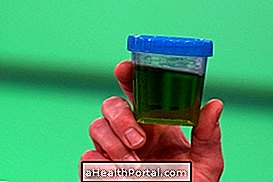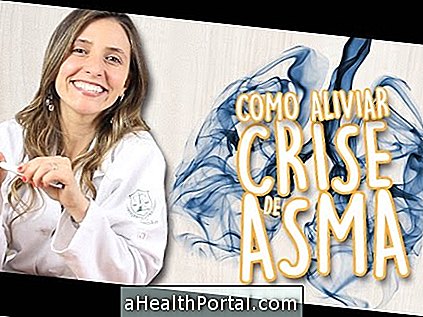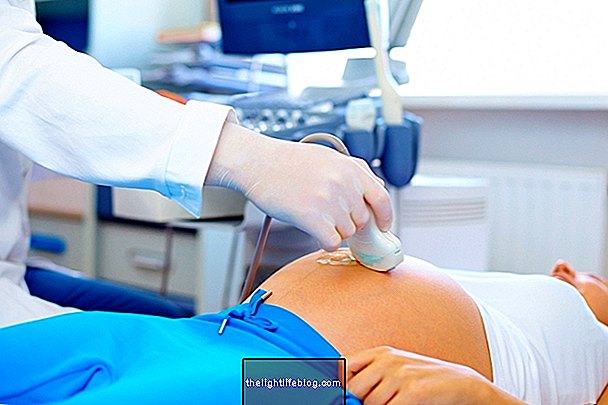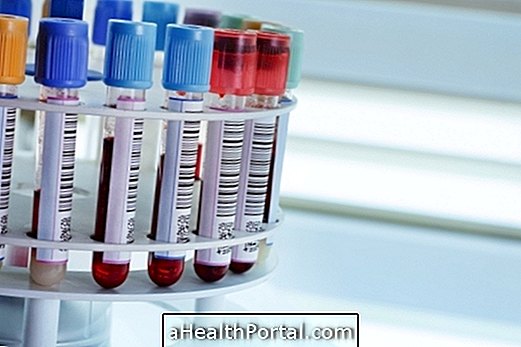The treatment of poliomyelitis should always be guided by the pediatrician, in the case of the child, or by the general practitioner, in the case of the adult. However, it can be done at home and is usually started with absolute rest, since the disease causes intense muscle pain, there is no antivirus capable of eliminating the body responsible for the infection.
In addition to rest, it is also advisable to have a good hydration and to start using medicines indicated by the doctor to relieve the symptoms that cause more discomfort:
- Ibuprofen or Diclofenac : are anti-inflammatory drugs that reduce fever and muscle pain;
- Paracetamol : is an analgesic that relieves headache and general malaise;
- Amoxicillin or Penicillin : antibiotics that allow you to fight other infections that may arise, such as pneumonia or urinary tract infection.
In more severe cases, where the infection causes difficulty in breathing, with signs such as rapid breathing or fingertips and bluish lips, it is necessary to go to the hospital quickly, as it may be necessary to be hospitalized for continuous use of an oxygen mask or until the symptoms improve.
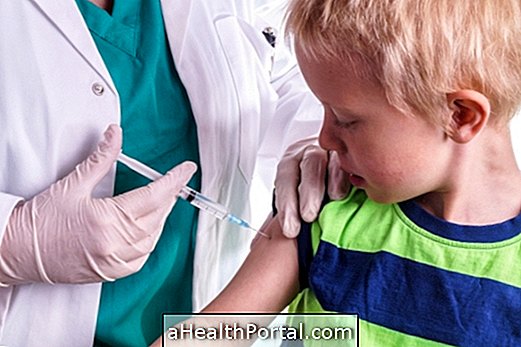
In addition to the doctor's recommended treatment, it is still possible to use warm compresses to improve muscle movement and relieve muscle pain. Here's how to prepare hot compresses.
In almost all cases, polio is cured after about 10 days, however, if the infection affects the brain or spinal cord treatment may be more complicated, there is a high risk of developing sequelae such as paralysis or deformities of the hip, knees or ankles, for example.
Possible sequels
The main sequel to poliomyelitis is the onset of paralysis, especially in the muscles of the legs and arms, in children in whom the infection has reached the brain or spinal cord. However, joint deformities can also occur, as the difficulty in moving the muscles can leave the limbs badly positioned for long periods of time.
Although these complications usually occur soon after the polio crisis, there are people who may have sequelae only a few years later, including difficulty swallowing or breathing, excessive tiredness and joint pain.
The best way to avoid these sequelae is to avoid the disease and, therefore, the child should be vaccinated against the disease and avoid the consumption of contaminated food or water, for example. See other care that helps prevent polio.
When physiotherapy is required
Physical therapy can be done in all cases of poliomyelitis, however, it is most important when the infection affects the brain or spinal cord, since there is a greater risk of paralysis in various muscles of the body.
In these cases, the physiotherapy is still done during the treatment with exercises that help to return the force to the affected muscles, and can reduce the severity of the sequelae.

